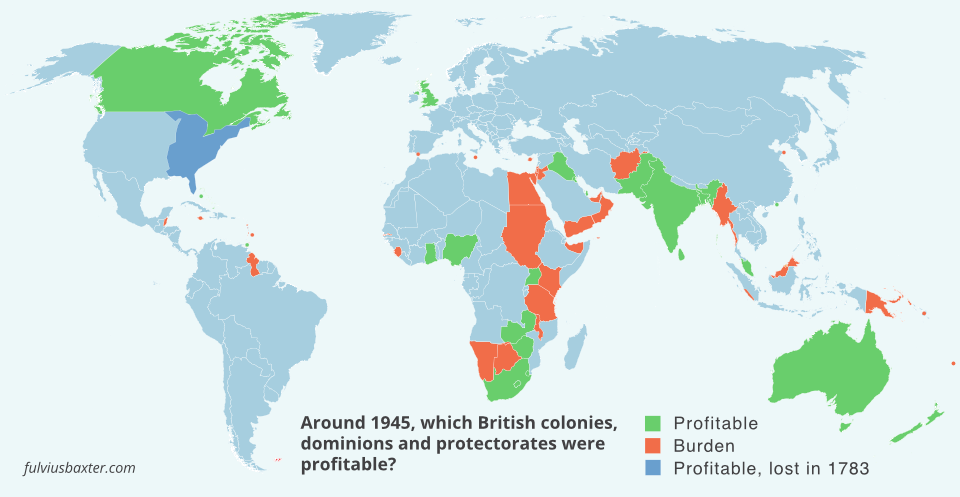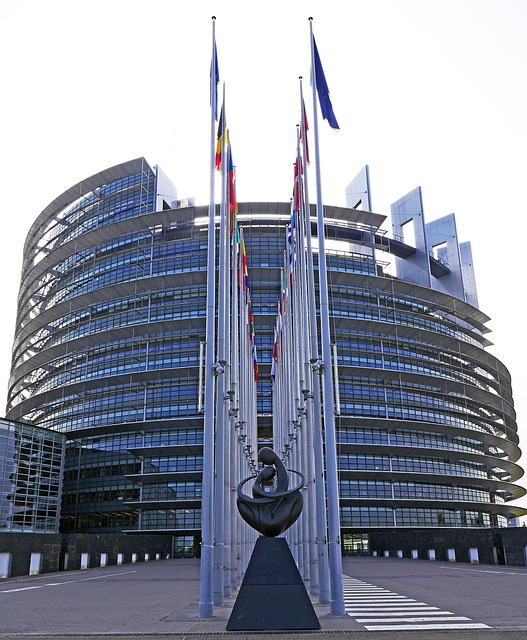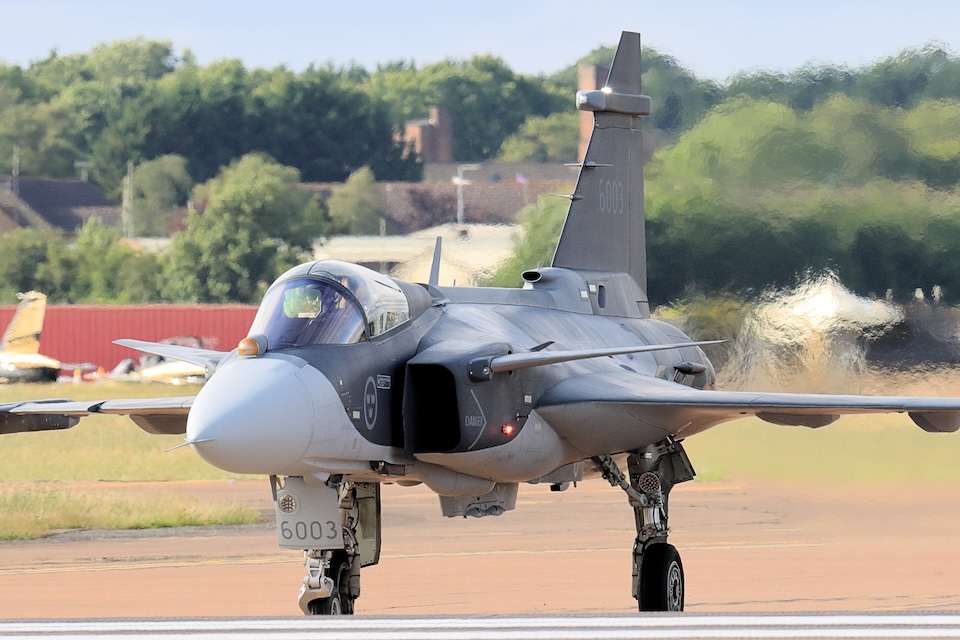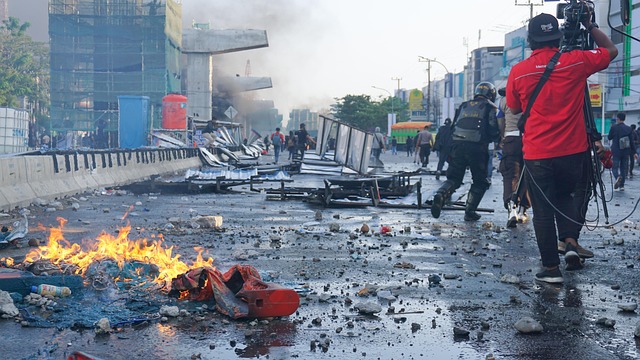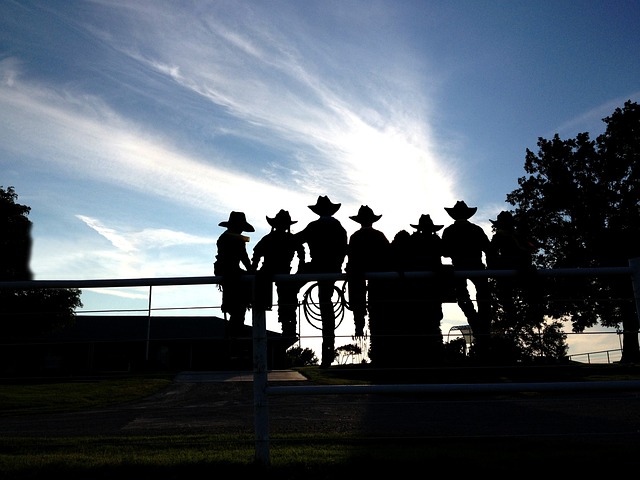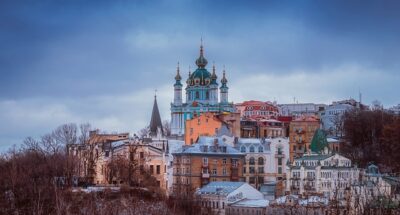 A peace plan for Ukraine is currently on the table. It has been drawn up by Russian and American negotiators and consists of 28 points; briefly, it means that the country loses the occupied territories, the Russian language receives a protected status as well as free activity for the Russian Orthodox Church. Ukraine is allowed to join the EU but not NATO, and the country’s army is significantly reduced. And general elections are to be called, as Zelensky now no longer has any democratic mandate, since the previous elections were cancelled.
A peace plan for Ukraine is currently on the table. It has been drawn up by Russian and American negotiators and consists of 28 points; briefly, it means that the country loses the occupied territories, the Russian language receives a protected status as well as free activity for the Russian Orthodox Church. Ukraine is allowed to join the EU but not NATO, and the country’s army is significantly reduced. And general elections are to be called, as Zelensky now no longer has any democratic mandate, since the previous elections were cancelled.
Ukrainian EU membership is really a topic for another article, but without being long-winded, it could become the death blow for the EU. Trying to lift this thoroughly corrupt, impoverished country, furthermore permeated by organised crime, would be the union’s greatest challenge, to say the least.
Many are critical of the peace agreement. They claim that Trump has given in to the Russians, that they are allowing Putin to win the war. A betrayal from the West?
Yes, certainly it is a betrayal, but perhaps this should have been considered earlier? Perhaps already in 2014, when the Western powers encouraged the Ukrainian coup against the elected president, when, with NATO’s help, Ukraine’s huge army was built up and threatened to place nuclear weapons next to the Russian border.
The Russians interpreted this as preparations for war and finally attacked the neighbouring country. The war initially went Ukraine’s way, but the Russians soon took the initiative, since they have a considerably larger defence industry, mobilisation capacity and, as soon became apparent, new technology.
The conflict could have been stopped in its infancy, and would then not have become more than a regional show of force, a skirmish. Ukraine would have had to yield with its tail between its legs, but would have retained its country and its regions, as written down in the previous peace agreements.
That it is Russians and Americans who are sitting and drafting the peace treaty behind the Ukrainians’ backs also shows who the real belligerents are. The conflict is between the USA/NATO and Russia. Kiev is merely an intermediary, a proxy.
NATO sent large quantities of defence material to Ukraine, as well as intelligence information, advisers and also contributions to keep the country afloat. But it was not enough. At the time of writing, the Russians are making advances against the last bastions, and soon the steppe lies open and free all the way to Kiev.
A Russian victory would be devastating for NATO, it might even be the end of the defence organisation. Better then to try to bring about a peace agreement, even if it has poor conditions, than a final and total defeat. And this is probably what Trump and his colleagues are working on.
The American president may even emerge strengthened from the conflict, as it was never his war, he was not the one who started it. Even if preparations for war were underway covertly during his first term, but no one is thinking about that at present. Donald Trump can portray himself as the dove of peace who finally ended the war and put a stop to the slaughter of all the young men. It may not be the Nobel Peace Prize, but a substantial feather in his cap.
But we are not there yet. Peace talks have a tendency to be sabotaged, either on a political level or through some kind of false-flag operation. For example, a missile is fired at the region’s largest nuclear power plant, or a massacre in a village. Everyone blames each other, and soon hostilities resume.
There are many who profit from continued war, both the arms industry and its advocates, but also the current leadership in Ukraine, which would probably lose heavily if new elections were called, and perhaps even be convicted of corruption and much else. Even the leadership in Brussels has invested heavily in continued war, unclear what they have to gain other than skimming off the subsidy funds and taking part in the general corruption. But that is enough for some; personal success and wealth are more important than peace and stability. These groups do not really care about the outcome, who wins or loses; they just want to keep the war going as long as possible, and preferably create a divided area with a frozen conflict (as in many places in the world), and then be able to spark unrest again when it suits them.
The question then is: will Putin accept the peace plan, with the risk of sabotage and possible continued threats, frozen conflicts and divided areas?
For Putin, at present, it does not matter; he can continue the war if the Western powers do not keep their promises or should sabotage the agreements. He holds a winning hand, and if the Ukrainian army collapses shortly, then he can pacify the entire country and avoid a frozen conflict. The problem is of course western Ukraine with hard-skinned Banderists who harbour an eternal hatred of the Russians. These areas previously belonged to Poland and Austria-Hungary, and were incorporated late into the Russian sphere. It may be that the Russians hand over the problem to the Poles. They can rebuild “Greater Poland”, take care of the troublemakers. The Banderists are unlikely to like the Poles either, but that will likely be a later issue.
The peace plan we see at present is not intended for the Russians but for the Western powers. Therefore it may have conditions to succeed this time. It is we who do not want to lose face after years of billions in support to Ukraine (money stolen from the West’s downtrodden taxpayers) and enormous quantities of weapons. In addition, politicians who have enriched themselves from the spoils. Yet we did not win the war. The Russians prevailed. And then a mediocre peace agreement is better than total defeat and humiliation.


